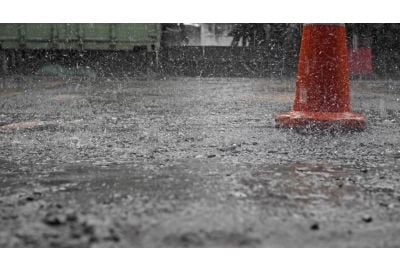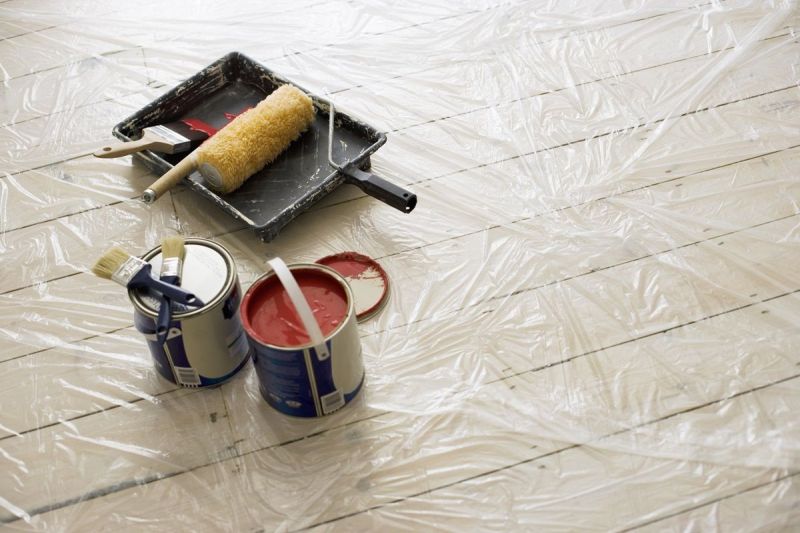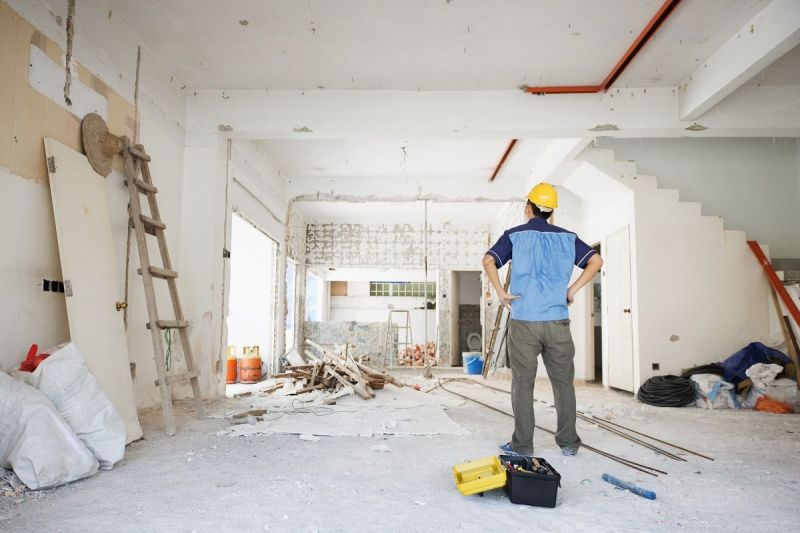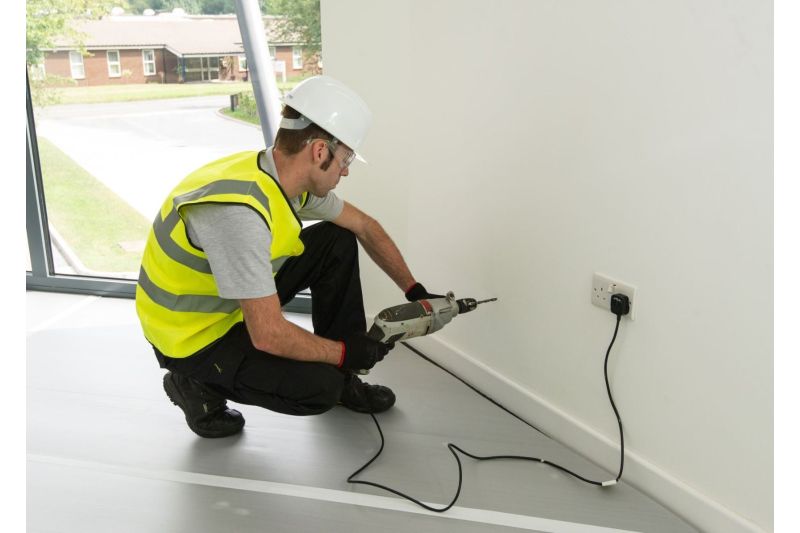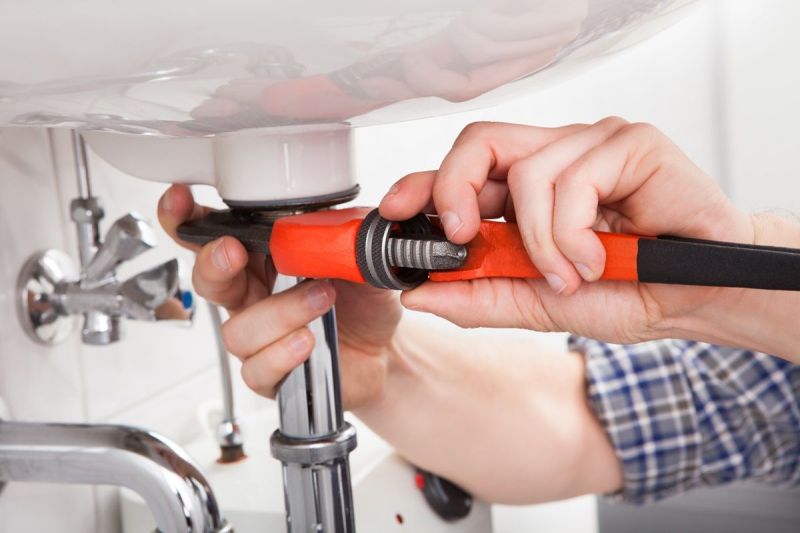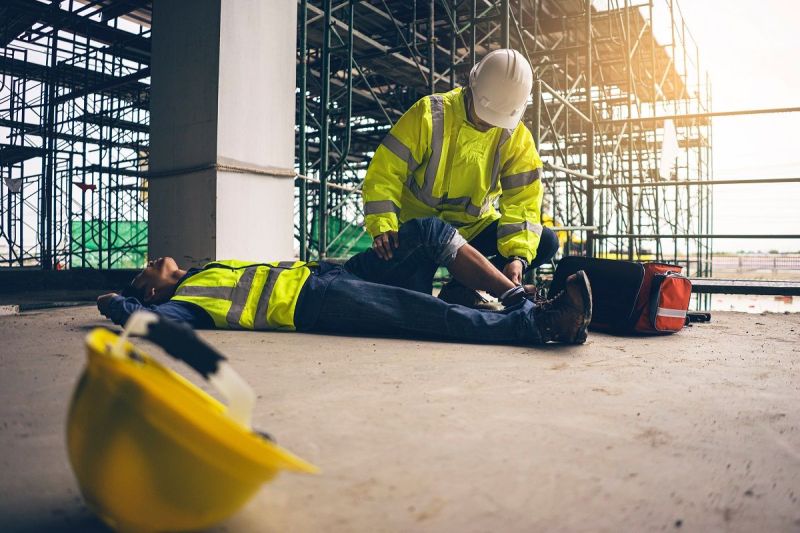It doesn’t matter what structure you are working on, whether it is a house or a commercial building, it’s vitally important that your site is sufficiently weatherproofed. One of the most important considerations for any home or building that you are working on is to protect it against the elements, especially during the winter months.
Any construction site needs rain protection material in place as water is capable of causing lots of damage to properties. Cold snaps of freezing weather, snow and ice all bring with them a host of issues to construction sites, and weather like this can put workers, operations materials and equipment at risk. This can all result in costly and time-consuming repairs and replacements.
However, there are lots of precautions and countermeasures that can be put into place to ensure the safety of workers, materials and products throughout the year and this guide takes a look at what options are available to you.
How to weatherproof your construction site?
- Use protection equipment around the site
- Use suitable storage
- Ensure access routes are well maintained
- Protect building materials
- Manage excess water on your construction site
- Install anti-slip boards and additional lighting
Use protection equipment around the site
When you are working on a site, especially if it has been raining and the ground is soggy and muddy, or if cold weather fronts are forecasted, you should look at using protection equipment around the site.
If, for example, you are working on a house which has new carpet laid, the last thing you want to do is to damage the carpet or get any mud or dirt from outside on it. To guard against this you can purchase carpet protection film which is 100% waterproof and will stop mud from getting on the carpet as well as any paint if you are redecorating the interior of a house.
There are other types of temporary floor protection available so that if you drop a tool or forget to take dirty footwear off, the floor surfaces will be protected.
There are lots of external ground protection products also available which will help create safe routes outdoors around the site, whilst protecting the surface underneath. These are very useful if we have had a bad spell of wet weather to stop the ground from cutting up. If we have experienced a hot spell of weather and you are working on a house that has a garden, the grass can get worn away, especially if it is a route that is constantly being walked along, but with outdoor ground protection, this will help protect the grass and will make for a happy customer.
Use suitable storage

In extreme cold or wet snaps of weather that the UK can experience during the winter months, your tools and equipment can erode and become damaged.
This is especially true for sensitive equipment and you, or site managers, should provide somewhere to store workers’ tools and belongings.
Construction Review Online expand on the importance of a construction site having rain protection and storage units for equipment and workers’ belongings:
“When exposed to cold, rain, wind and snow, expensive and integral pieces of equipment can quickly become eroded and rusted, to the obvious detriment of the capabilities and efficiencies of the project.
“As a result, having the appropriate covered storage space for machinery and equipment is an obvious necessity. But don’t stop there – having suitable storage solutions for workers’ personal belongings is also important to ensure they remain safe and intact throughout the working day.”
Ensure access routes are well maintained
Another important consideration for weatherproofing a construction site is to ensure access routes are well maintained.
You should constantly check access roads to construction sites and parking at the site is well maintained and doesn’t have potholes, uneven surfaces or ditches. If you spot any potholes or uneven surfaces, then you should fill these in or make sure they are clearly marked as they can collect water and freeze during low temperatures.
If you don’t maintain access routes it will make a construction site more hazardous for people working at the site and it can even affect building supplies being delivered if a lorry is unable to drive down a track or road.
Protect building materials
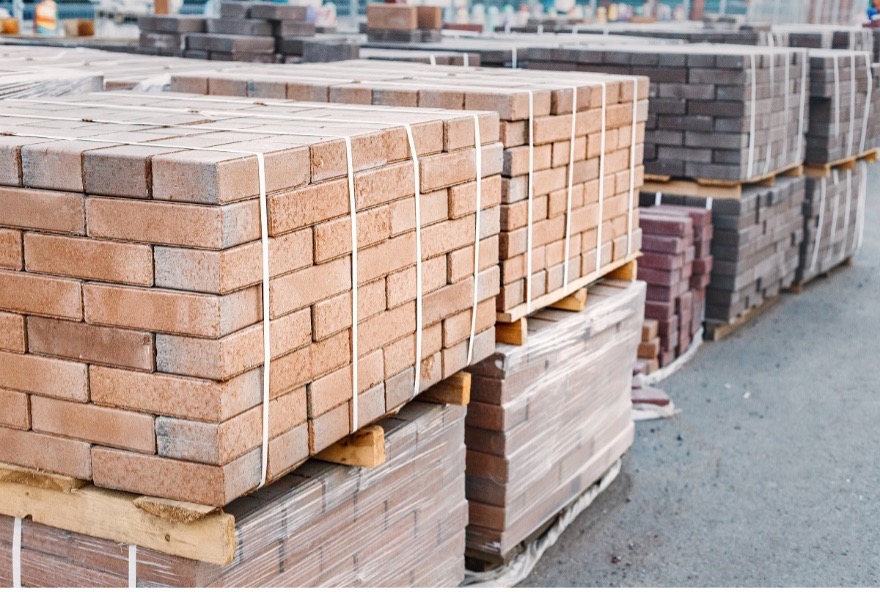
If it has been raining heavily, it is common for water to collect in and around blocks and should it freeze during the night this can cause blocks to expand.
This can then mean the blocks are too heavy to move and they can become cracked and damaged. It is therefore essential that you protect raw materials such as bricks and blocks from the weather, especially if it is forecasted to rain, snow or frost.
You can use Hessian cloth rolls to cover large areas of exposed brickwork or blocks during cold weather as it protects them. In the summer, hessian can be soaked to stop concrete or cement from drying too quickly.
Manage excess water on your construction site
During the autumn and winter months when the amount of rainfall is at its highest, it is common for construction sites to be engulfed by excess water. This can cause lots of problems and make construction workers’ jobs a lot harder.
Tristan Hughes, Sales Manager at Siltbuster, spoke to the Pro Builder Magazine about managing excess water and he said you need to think about managing water on a building site before any work takes place:
“The management of water shouldn’t start only when construction works commence. Instead, it should be considered in detail early on, at the planning stage. Pertinent information from the ground investigation reports, such as the composition of the near-surface geology, and the location of contaminated groundwater regimes – hydrocarbons, metals etc. – plus protection zones, can all be reviewed at the onset of any project, and site-specific plans can then be made.”
You should consider buying temporary downpipes as they provide an effective solution for coping with excessive rainfall, allowing it to be directed to designated outlets, rather than accumulating in pools of water.
Install anti-slip boards and additional lighting

The most important thing on a construction site is to make sure that it is safe and when you are thinking about weatherproofing your site, you shouldn’t forget about site workers.
Slips and falls happen throughout the year on construction sites, but during the winter months, accidents like this become more common. If it is icy, it will increase the likelihood of people slipping and falling and you can guard against this by installing anti-slip boards and putting up additional lighting.
You can also make sure you have grit onsite as this can be spread if we have experienced icy weather as well as ensure a de-icer is on hand to defrost the windscreens of vehicles on site, whether that is a digger or a truck.
This guide looks at how you can weatherproof a construction site and at the different ways you can protect your building materials and equipment, including the different construction site materials for rain protection that are available. Here at Proguard, you can find anything from rubble sacks to corner protectors.
For more tips, guides, and advice, make sure to visit our news page.

